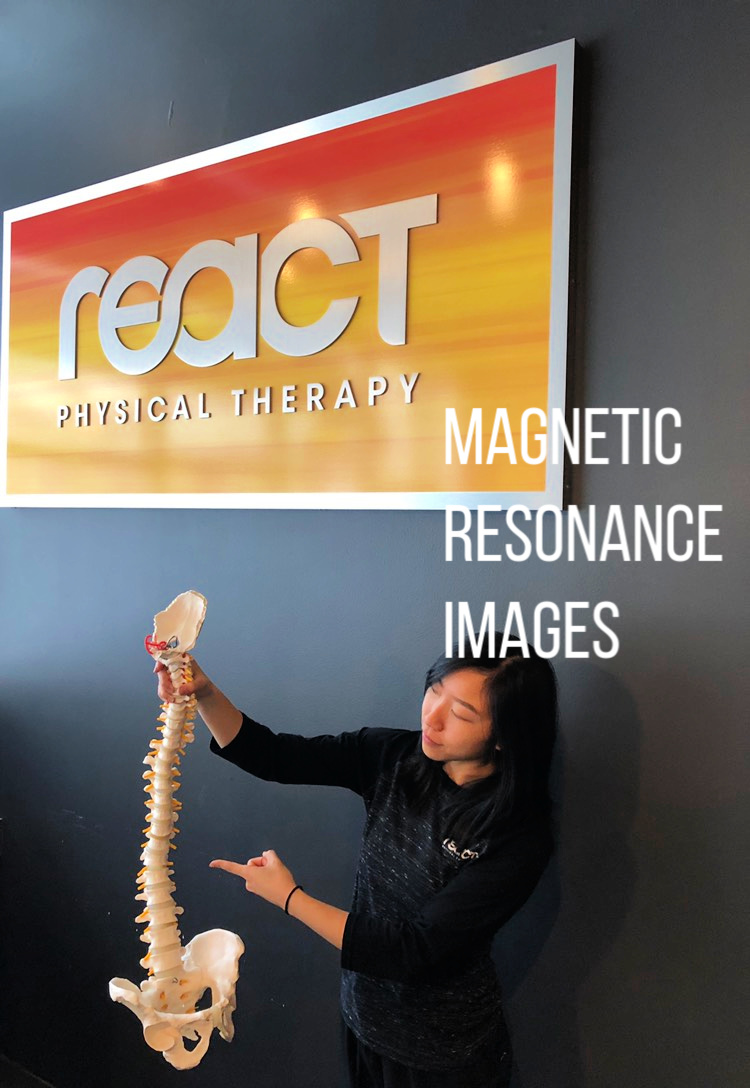An Image Is Not Always Worth a Few Thousand Dollars

Magnetic resonance images (MRIs) can be an invaluable medical tool to help discover serious pathologies such as tumors, developmental anomalies, and other abnormalities. However, they are becoming increasingly overused in orthopedic medicine and can often lead to more problems than solutions.
One of the major problems with this imaging technique is that while MRIs are sensitive, they are not very specific. An MRI scan may find something abnormal, but because most abnormalities are of little consequence, they often lead to unneeded alarm in patients. Studies from as early as the mid-1990s showed how problematic the tests can become. In one study, magnetic resonance imaging was performed on healthy individuals who had never experienced low-back pain. 52 percent of the individuals who were pain free were found to have a bulging disc. (1) Another major study analyzed 33 separate research articles that included the MRI reports of over 3,000 people that were not experiencing any symptoms of lower back pain. The research showed that 37 percent of individuals in their 20s who were not experiencing any pain showed some signs of disk degeneration. (2)
Unfortunately, there are numerous other studies on MRIs that show similar anatomical abnormalities in shoulders and knees in individuals that are not experiencing pain, and thus do not require medical treatment. Medical professionals are becoming increasingly aware that just because an MRI report shows some abnormality, the abnormality may not be the origin of why someone is experiencing pain. By misdiagnosing the cause of the pain, patients may undergo expensive surgeries or treatments that are not medically necessary.
Should we really be so reliant on an MRI to be our primary means of diagnosing our pain and for guiding our future medical treatment? If we truly want to be healed, we need to understand that an MRI does not give us the whole picture. We need to understand that pain is multifactorial and determining the primary source of your aliments can often be very complex. Just because your pain is in your knee does not mean the source of your pain isn’t stemming from a different location such as your low back or hip. If you are experiencing knee pain and demand an MRI, you may get results showing a false positive and miss the true source of your dysfunction. A thorough and detailed examination of an individual’s history and whole-body physical exam often provides more answers to our aliments than simply staring at an incomplete image on a screen.
In all likelihood, the majority of us will suffer from some type of pain or injury at some point in our life. And while an injury can cause great distress and make us feel like we need immediate answers, getting an MRI may not always provide us with the best answers on how to guide our body back to health.
- Jensen MC, et al. “MRI imaging of the lumbar spine in people without back pain.” N Engl J Med – 1994; 331:369-373
- Brinjikji W, Luetmer P.H, Comstock. Systematic Literature Review of Imaging Features of Spinal Degeneration in Asymptomatic Populations. AJNR American Journal of Neuroradiology. 2015 Apr; 36(4): 811-816